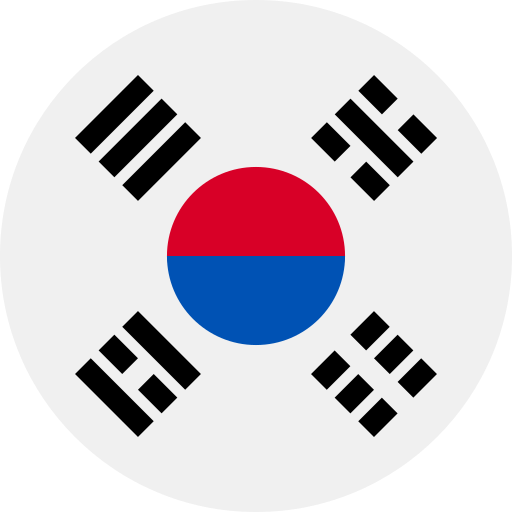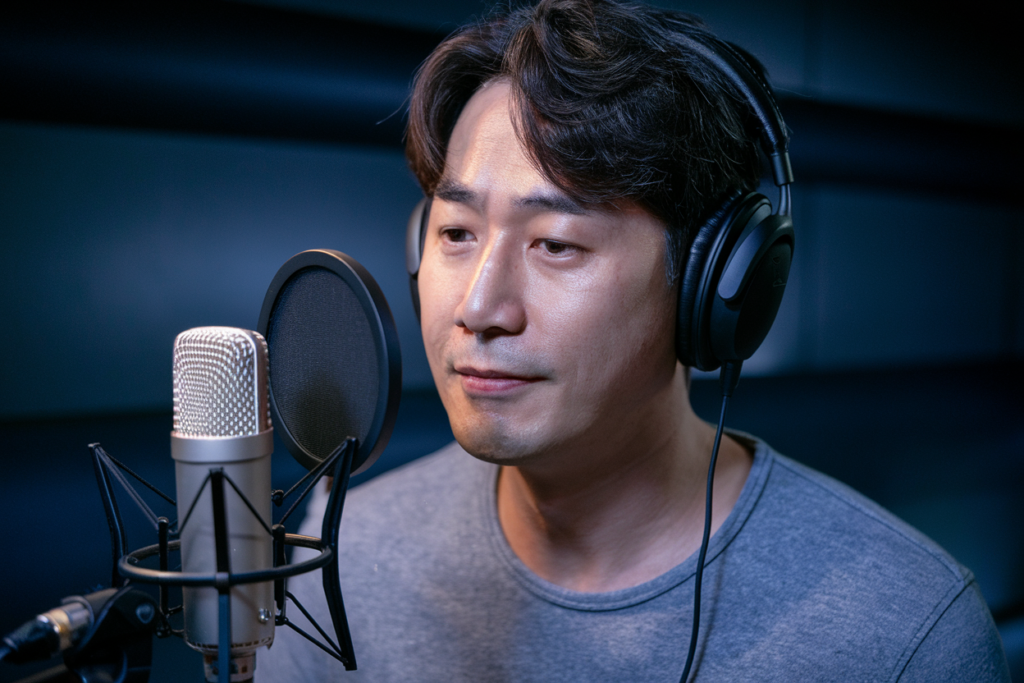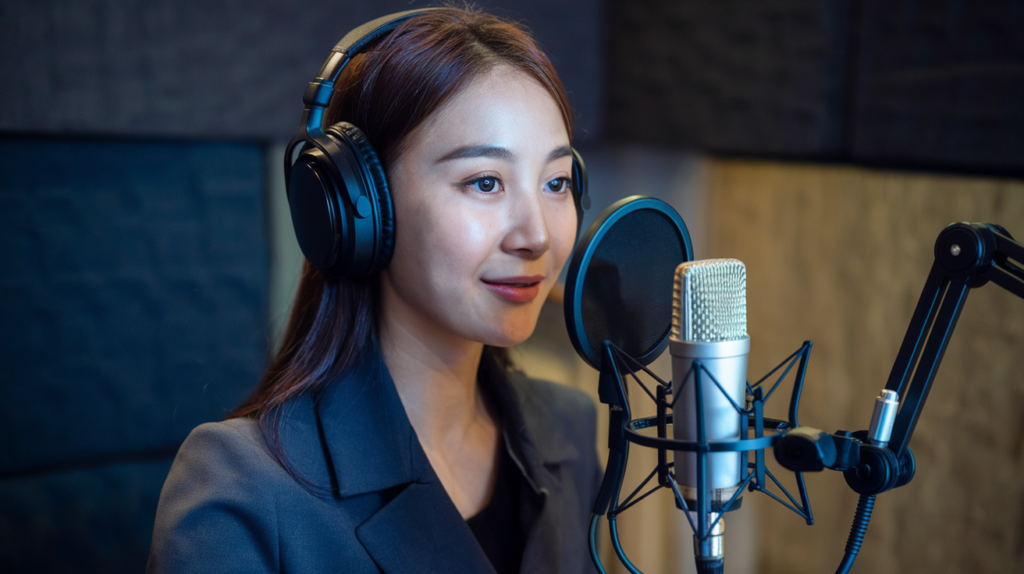Key Takeaways
- Understanding Korean Language: The Korean language consists of a standard form, primarily the Seoul dialect, and various regional dialects that reflect local cultures and identities.
- Standard Language Features: The standard Korean language is characterized by consistent vocabulary, grammar structure, pronunciation, and the use of honorifics to indicate respect.
- Diversity of Dialects: Major Korean dialects include Seoul, Busan, Jeju, Gyeongsang, and Chungcheong. Each has unique vocabulary and pronunciation differences that highlight regional identities.
- Cultural Significance: Dialects are crucial in expressing local customs and traditions; they play an important role in shaping cultural identity among speakers.
- Phonetic and Lexical Variations: There are notable phonetic distinctions between standard and dialect forms as well as lexical variations that enrich daily conversations with cultural context.
- Impact on Communication: Recognizing the differences between standard language and dialects fosters better communication skills and deeper connections with native speakers across Korea.
Ever wondered why some Koreans sound so different from each other? The fascinating world of Korean language is a mix of standard forms and regional dialects that can leave anyone scratching their head. Understanding the differences between Korean standard and dialects isn’t just about linguistics; it’s about connecting with culture, history, and identity.
Overview of Korean Language
Korean is a unique language spoken primarily in South Korea and North Korea. It features a rich history, diverse dialects, and a standard form that serves as the foundation for communication across the nation. The standard Korean language, known as „Seoul dialect,“ has gained prominence due to its association with Seoul, the capital city.
Regional dialects vary significantly from the standard form, reflecting local cultures and identities. For instance, Busan dialect includes distinct vocabulary and pronunciation that sets it apart from Seoul’s version. Understanding these variations is crucial for grasping cultural nuances and engaging meaningfully with native speakers.
The Hangul script underpins written Korean. Developed in the 15th century, Hangul enhances literacy rates by offering an accessible writing system. Its design focuses on phonetics, allowing learners to pronounce words accurately even without prior experience.
Korean also incorporates honorifics—language markers indicating respect based on social hierarchies or relationships. This linguistic feature highlights how deeply culture influences communication styles within different contexts.
Exploring the differences between standard and dialect forms enriches your understanding of Korean society and fosters better connections with speakers across regions.
Korean Standard Language
Korean standard language, primarily represented by the Seoul dialect, serves as the official language in both South Korea and North Korea. This form of Korean is characterized by its clarity and uniformity, making it essential for communication across diverse regions.
Definition and Features
Korean standard language features a consistent vocabulary, grammar structure, and pronunciation. It includes a set of standardized rules that simplify learning for non-native speakers. The phonetic Hangul script allows for accurate representation of spoken sounds, which enhances literacy rates. Honorifics play a crucial role in communication, reflecting respect towards others based on age or social status. You’ll notice that this form prioritizes politeness and hierarchy in interactions.
Historical Development
The historical development of Korean standard language traces back to the 15th century with the creation of Hangul by King Sejong the Great. This innovation aimed to improve literacy among common people who struggled with Classical Chinese characters. Over time, as Seoul emerged as a cultural and political hub, its dialect gained prominence as the standard form of Korean used in education, media, and government documentation. Today’s standard reflects not only linguistic evolution but also shifts in society’s values regarding communication styles.
By understanding these key aspects of Korean standard language, you gain insight into its significance within various contexts—cultural identity being one pivotal element connecting speakers from different backgrounds.
Korean Dialects
Korean dialects showcase the rich linguistic diversity across regions, reflecting unique cultural identities and histories. Understanding these dialects enhances communication and appreciation of the language.
Major Dialects Overview
Korea’s major dialects include:
- Seoul Dialect: As the standard form of Korean, this dialect is widely spoken in Seoul, featuring clear pronunciation and a consistent vocabulary. It’s often used in education and media.
- Busan Dialect: Known for its distinct intonation and vocabulary, this dialect comes from the southeastern city of Busan. Locals might use phrases that sound unfamiliar to speakers of the Seoul dialect.
- Jeju Dialect: Unique to Jeju Island, this dialect incorporates many words from old Korean. It can be challenging for other speakers to understand due to its significant differences.
- Gyeongsang Dialect: This western coastal dialect features sharp accentuation patterns. Speakers often emphasize certain syllables differently than those using the standard form.
- Chungcheong Dialect: Spoken in central Korea, this dialect exhibits softer intonation compared to others. Vocabulary also contains regional terms that can differ significantly from standard usage.
Each dialect not only offers a glimpse into local culture but also enriches your understanding of the overall Korean language landscape. Embracing these variations fosters deeper connections with speakers across different regions.
Unique Characteristics of Dialects
Dialects in Korean showcase distinct features that set them apart from the standard language. Each regional dialect carries unique traits, reflecting local culture and identity.
- Vocabulary Variations: Different regions often use specific words or expressions not found in the standard Seoul dialect. For example, Busan dialect speakers might refer to everyday items using entirely different vocabulary.
- Pronunciation Differences: Pronunciation varies significantly between dialects. The Gyeongsang dialect is known for its sharp accentuation, while the Chungcheong dialect features softer intonation, affecting how words are articulated.
- Grammar and Syntax: Some dialects deviate from standard grammatical structures. Jeju dialect includes archaic forms that may confuse speakers unfamiliar with these variations.
- Cultural References: Dialects incorporate local folklore and traditions into their language, enriching conversations with cultural context that enhances understanding among native speakers.
Understanding these unique characteristics deepens appreciation for the richness of Korean language forms. As you explore various regional speech patterns, you’ll find each offers a vibrant perspective on communication within its community.
Comparison of Standard and Dialects
Korean showcases intriguing linguistic variations between its standard form and regional dialects. Understanding these differences enhances communication, especially in diverse social contexts.
Phonetic Differences
Phonetic distinctions abound among Korean dialects, significantly impacting pronunciation. The Seoul dialect emphasizes clarity and uniformity, while the Busan dialect features a distinct intonation that can sound quite different to non-locals. For instance, vowel sounds may vary; where the standard language employs a clear „a,“ some dialects might produce a more rounded version. These phonetic nuances contribute to unique accents that reflect local identities.
Lexical Variations
Lexical variations reveal fascinating insights into regional cultures. Each Korean dialect carries its own set of vocabulary, diverging from the standard language in notable ways. In everyday conversations, you might encounter entirely different terms for common items. For example, while “rice” is typically referred to as „bap“ in the standard language, certain regions could use alternative words or phrases that resonate more with local traditions and practices. Such differences not only enrich dialogues but also provide context that deepens your understanding of the rich tapestry woven by Korean culture.
Impact of Dialects on Identity
Dialects significantly shape cultural identity among Korean speakers. Each regional dialect serves as a unique marker, reflecting local customs, traditions, and social nuances. You can find that the Busan dialect expresses distinctiveness through its vocabulary and intonation, showcasing pride in local heritage.
Korean dialects also influence interpersonal relationships. When you speak in a specific dialect, it connects you to your community and fosters bonds with fellow speakers. This connection creates an atmosphere where shared experiences resonate deeply within social circles.
Furthermore, dialects contribute to the broader understanding of national identity. As South Korea embraces globalization, preserving dialectal differences becomes vital for maintaining cultural richness. With every conversation in a regional dialect, you help keep history alive and promote appreciation for diverse linguistic expressions.
In professional settings like voiceovers or media production, recognizing these nuances can enhance authenticity. A voice artist who understands the subtleties of various Korean dialects can deliver more relatable performances that resonate with specific audiences. By incorporating authentic regional characteristics into their work, voice talents elevate communication effectiveness.
Thus, embracing Korean dialects goes beyond language; it’s about celebrating identity and fostering connections across different communities.
Conclusion
Exploring the differences between Korean standard language and its dialects reveals a rich tapestry of culture and identity. Each dialect not only showcases unique vocabulary and pronunciation but also offers insights into local customs that shape interpersonal relationships.
Understanding these distinctions enriches your appreciation for the Korean language as a whole. As you navigate through various dialects, you’ll find that they serve as vital connections to diverse communities across South Korea and beyond. Embracing these variations fosters deeper interactions while celebrating the cultural richness inherent in every conversation.
Frequently Asked Questions
What are the main dialects of the Korean language?
The main dialects of Korean include the Seoul dialect, which is the standard form, the Busan dialect known for its unique intonation, and the Jeju dialect that features archaic vocabulary. Other notable dialects are Gyeongsang and Chungcheong, each showcasing distinct pronunciations and cultural influences.
Why is the Seoul dialect considered standard?
The Seoul dialect is considered standard because it has become widely used in education, media, and government due to its association with South Korea’s capital. Its clarity and uniformity facilitate communication across diverse regions.
How does regional variation influence Korean culture?
Regional variations in Korean reflect local customs, traditions, and social nuances. Each dialect serves as a marker of identity within communities, fostering interpersonal bonds and enhancing understanding of national identity.
What role does Hangul play in learning Korean?
Hangul is the phonetic script developed in the 15th century that underpins written Korean. It simplifies literacy by providing an accessible writing system, making it easier for learners to grasp pronunciation and grammar.
How do honorifics function in Korean language usage?
Honorifics in Korean indicate respect based on social hierarchies. They influence communication styles by reflecting relationships between speakers, emphasizing politeness and cultural values inherent in conversations.
Why is preserving regional dialects important?
Preserving regional dialects is vital for maintaining cultural richness amid globalization. Dialects enhance authenticity in professional settings like media production while celebrating diversity within communities across Korea.
What historical significance does King Sejong have on the Korean language?
King Sejong created Hangul to improve literacy among common people during his reign in the 15th century. His efforts laid a foundation for standardized education and contributed significantly to modern linguistic practices in Korea.







